You can be forgiven for not noticing the desert. For most people, deserts are long, flat, boring things you drive through to get to somewhere else. But to dismiss these “empty” places is to ignore some of the most wild, untamed and utterly fascinating parts of the planet.
The next time you’re thinking about racing through a desert, consider slowing down to take a closer look. You might be surprised at what you’ve been missing.
The Silence
For many of us—especially city dwellers—there are few places we can still find actual, honest-to-goodness silence. Instead of resorting to expensive noise canceling headphones or trips to weird New Age sensory deprivation chambers, just take a walk on a desert trail sometime. Because they’re so remote and often less visited than other outdoor regions, you’re likely to have the place all to yourself—and be treated to that wonderful, deafening silence that slows the world around you and forces you to think … and notice small details that too often go unseen.
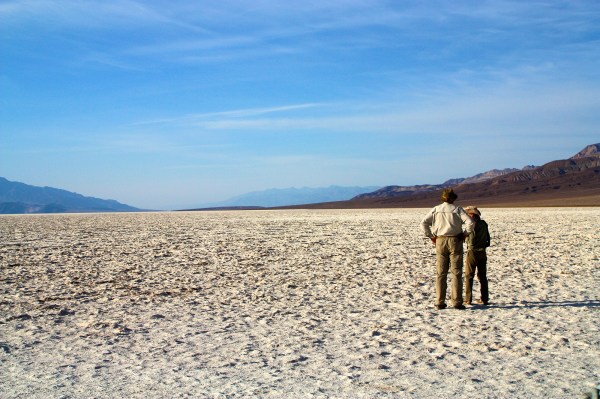
The Strangeness
It’s no accident that Hollywood heads to the desert when they want to shoot a movie on another planet. Whether you’re on the floor of an ancient seabed, staring at slabs of rock ripped into odd angles by fault lines, gazing at a rainbow of mineral-tinted canyons, or climbing through the remnants of old exploded volcanoes, chances are you’re going to see the world like you’ve never seen it before.
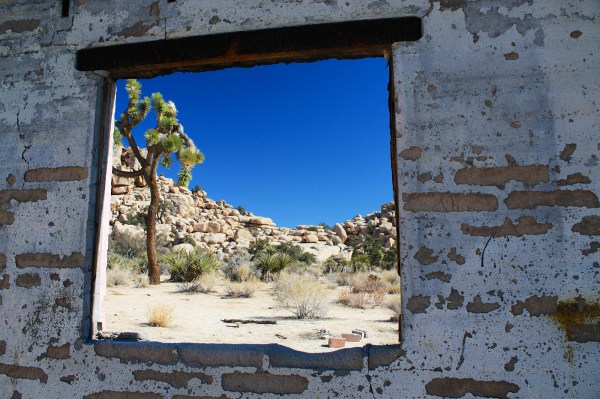
The Surprising Life
All of that otherworldly geology and extreme conditions make people think the desert is devoid of life, but the desert has some of the most incredibly tenacious plants and animals around—as long as you keep your eyes open.
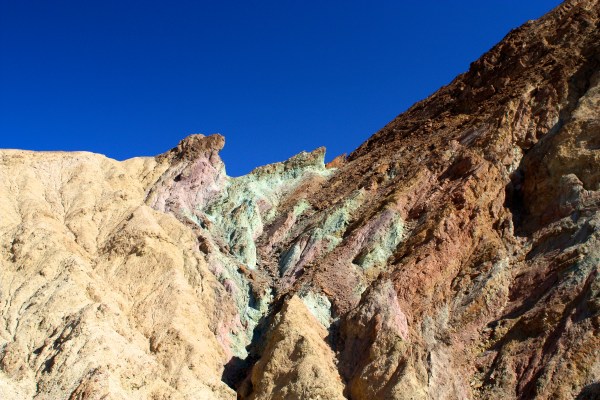
In many places, even the ground is alive—not just dirt, but a combination of lichens, fungi, and algae called cryptobiotic soil that pulls nutrients from the air. This provides a foothold for more familiar plants like the grasping, random shapes of the Joshua tree, the blast of springtime wildflowers that covers the Anza-Borrego Desert State Park, or less-showy but still impressive species like the Mojave yucca and creosote bush, which can often live for thousands of years.
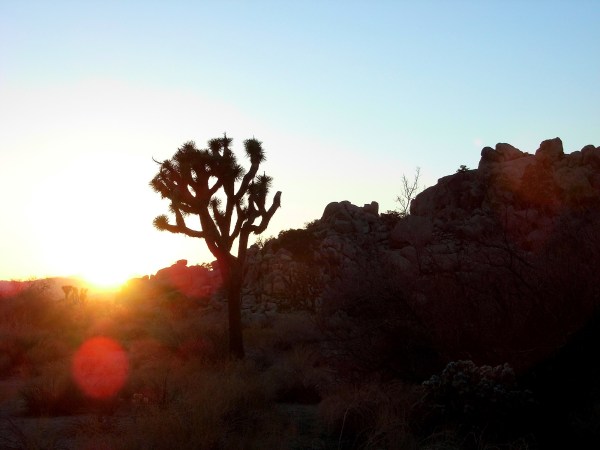
Animals have also found novel ways to eke out survival here through extreme adaptations. There are several species of pupfish that live in Death Valley—a reminder of when the hottest, driest, lowest place in North America was a 600-foot-deep freshwater lake. And, of course, the desert is full of evidence of hearty human settlement, from Native Americans with ingenious irrigation and food storage systems to more recent miners, homesteaders and desert dreamers.
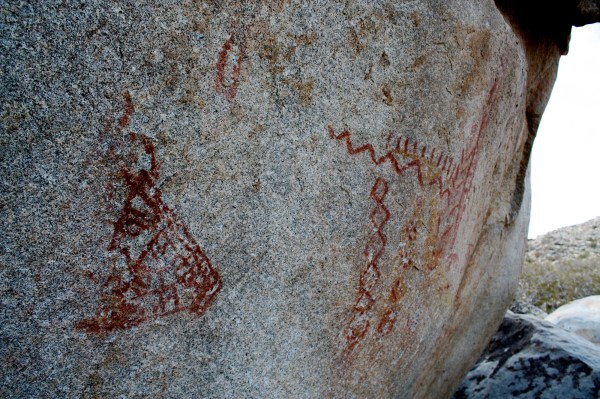
More than anything, learning to see the desert for what’s present as well as what’s absent will give you an appreciation of not only how tough that environment is—but also how fragile it can be. So the next time you’re looking for a place to explore, give the desert some consideration and have fun getting sand in your boots!
